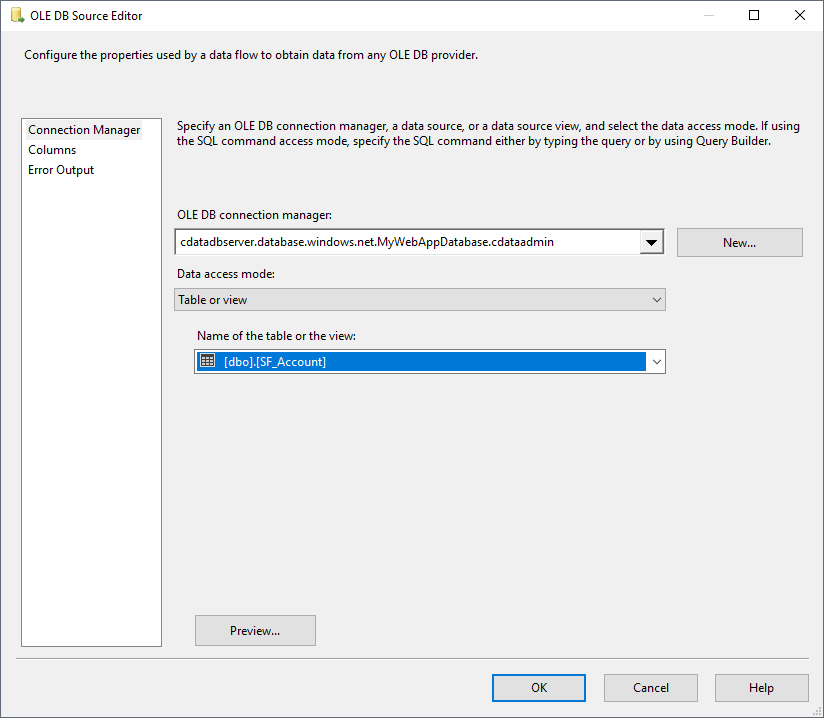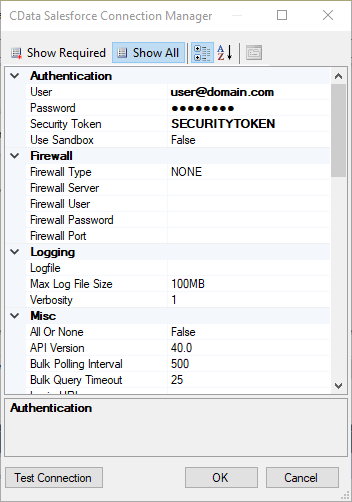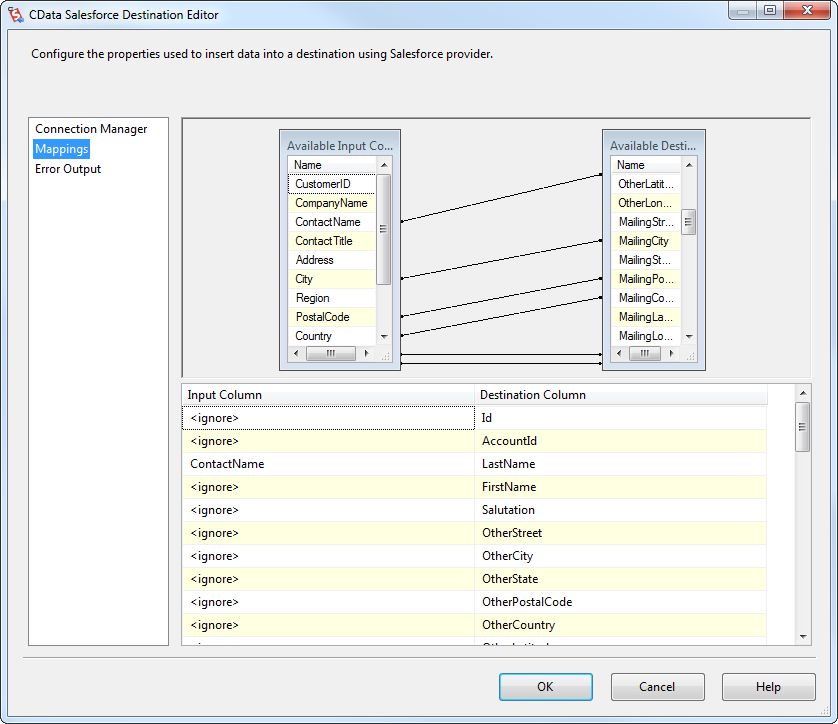Discover how a bimodal integration strategy can address the major data management challenges facing your organization today.
Get the Report →Export Data from SQL Server to QuickBooks Online through SSIS
Easily push SQL Server data to QuickBooks Online using the CData SSIS Tasks for QuickBooks Online.
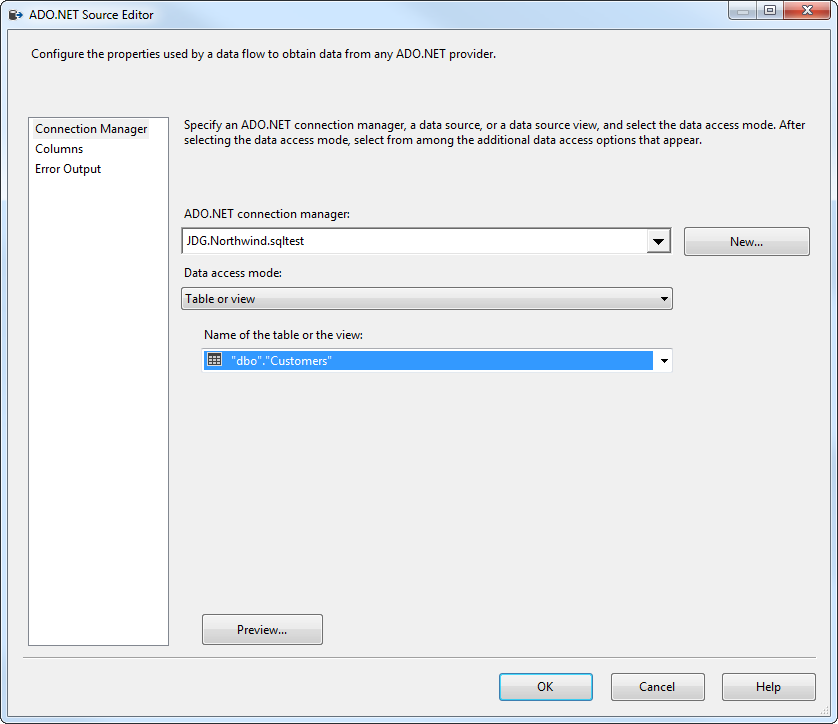
SQL Server databases are commonly used to store enterprise records. It is often necessary to move this data to other locations. The CData SSIS Task for QuickBooks Online allows you to easily transfer QuickBooks Online data. In this article you will export data from SQL Server to QuickBooks Online.
Add Source and Destination Components
To get started, add a new ADO.NET Source control and a new QuickBooks Online Destination control to the data flow task.
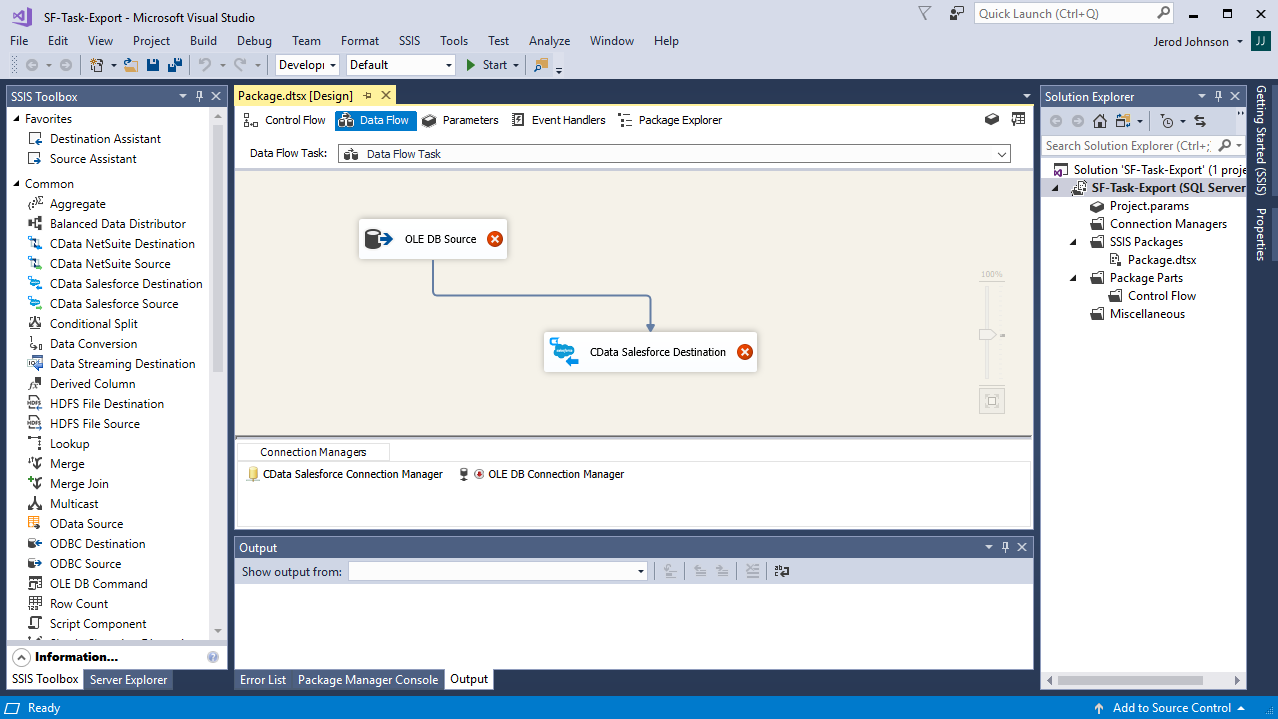
Configure the ADO.NET Source
Follow the steps below to specify properties required to connect to the SQL Server instance.
- Open the ADO.NET Source and add a new connection. Enter your server and database information here.
- In the Data access mode menu, select "Table or view" and select the table or view to export into QuickBooks Online.
- Close the ADO NET Source wizard and connect it to the destination component.

Create a New Connection Manager for QuickBooks Online
Follow the steps below to set required connection properties in the Connection Manager.
- Create a new connection manager: In the Connection Manager window, right-click and then click New Connection. The Add SSIS Connection Manager dialog is displayed.
- Select CData QuickBooksOnline Connection Manager in the menu.
-
Configure the connection properties.
QuickBooks Online uses the OAuth authentication standard. OAuth requires the authenticating user to log in through the browser. To authenticate using OAuth, you can use the embedded OAuthClientId, OAuthClientSecret, and CallbackURL or you can obtain your own by registering an app with Intuit. Additionally, if you want to connect to sandbox data, set UseSandbox to true.
See the Getting Started chapter of the help documentation for a guide to using OAuth.
Configure the QuickBooks Online Destination
In the destination component Connection Manager, define mappings from the SQL Server source table into the QuickBooks Online destination table and the action you want to perform on the QuickBooks Online data. In this article, you will insert Customers entities to QuickBooks Online.
- Double-click the QuickBooks Online destination to open the destination component editor.
- In the Connection Managers tab, select the connection manager previously created.
-
In the Use a Table, menu, select Customers.
In the Action menu, select Insert.
![The destination table and action to be performed.]()
-
On the Column Mappings tab, configure the mappings from the input columns to the destination columns.
![The mappings from the SQL Server source to the SSIS destination component.]()
Run the Project
You can now run the project. After the SSIS Task has finished executing, data from your SQL table will be exported to the chosen table.
